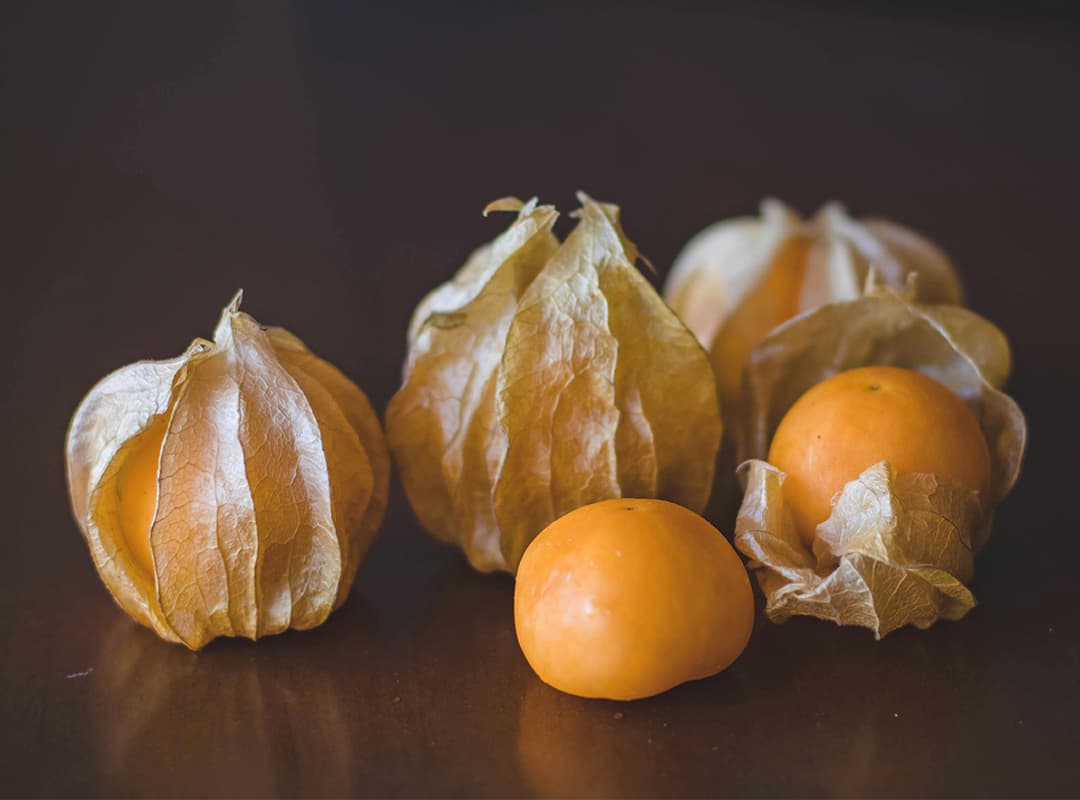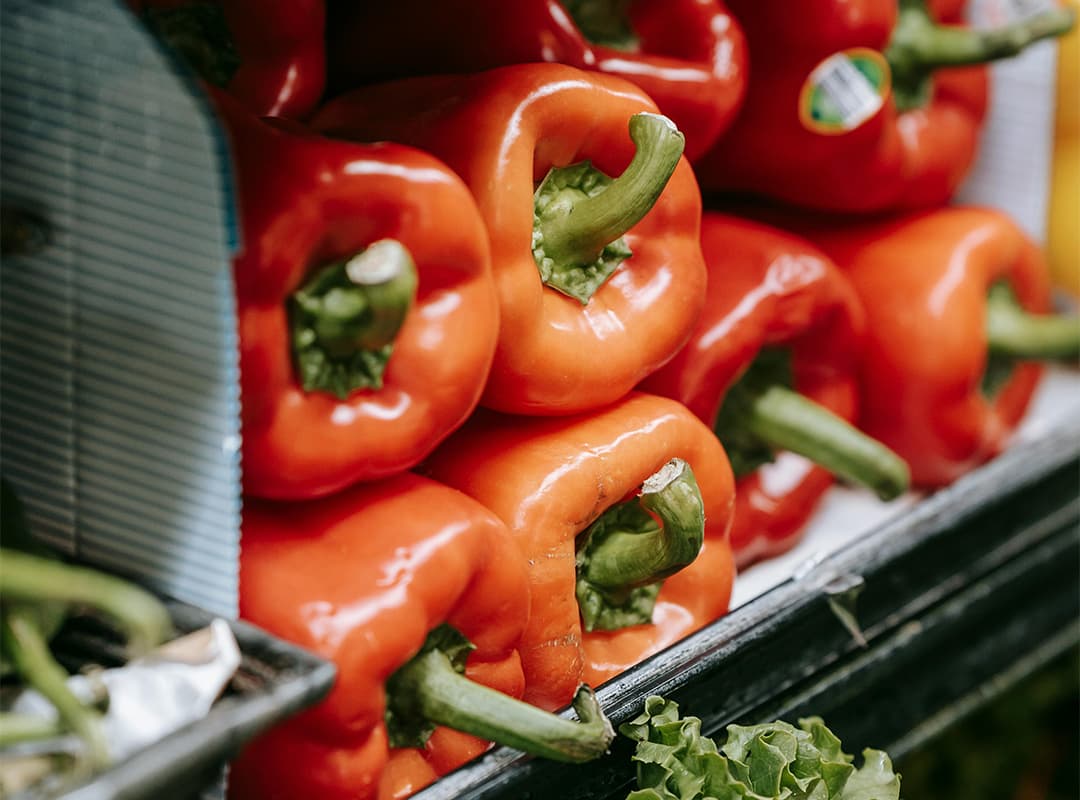In parallel with the technologies for growing alternative protein foods, we are developing new methods of cultivating agricultural plants. Vertical farms are a new technology for growing vegetables and herbs, which allows you to get large yields on a small area while using a minimum of water. In urban environments, vertical farms do not take up much space, will always be nearby and can be harvested all year round. A vertical farm can simultaneously contain several sectors for plants grown using different technologies: in an airy environment without soil; in an artificial environment without soil; completely in an aquatic environment. All sectors are powered by alternative energy sources, using solar panels and biogas generators.
The design of the vertical farm protects crops from weather disasters and guarantees a full harvest. Ideal conditions are maintained through a system of temperature, carbon dioxide and humidity control, thereby increasing the yield per hectare by four to six times compared to traditional cultivation in the fields. Vertical farms produce only organic products and get five times the yield of grain, vegetables and fruits as in standard field cultivation. Beds on shelves and containers with soil do not depend on weather variability, protection from pests, and do not require large sown areas.
Singapore-based Sky Greens has built the world’s first commercial vertical farm. The 38-tiered tower, which resembles the letter “A,” revolves around aluminum beams, thus ensuring the correct distribution of water, sunlight, and air for plants. But it is not necessary to build separate buildings to create vertical farms – abandoned plants and factories can be used. AeroFarms constructed a vertical farm in a former foundry building and now produces 30 harvests a year, growing 900 tons of vegetables. Their Finnish counterparts, Exsilio Oy, developed the concept of the EkoFarmer mobile urban farm in the form of a 13-meter-long container that contains several shelves with beds for growing vegetables, herbs, and leafy greens. The farm requires only water and electricity to operate, so it can be installed next to a restaurant, shop, or near residential buildings, and can be easily transported from one point of the city to another.
The only drawback of vertical farm technology is its high cost: initial investments of $200 million to $500 million are required. Such cash outlays affect the cost of products grown in a vertical farm, which so far negates all arguments about the environment and increased production.
Benefits and harms of artificial food
Modern nutritionists recommend eating as many natural products as possible, and marketers actively promote the word “natural” as a synonym for safety and health benefits. Against this backdrop, the development of new technologies for growing artificial food does not fit into the concept of healthiness. And the question arises: how healthy is such food and why is it necessary to create it?
There are many arguments in favor of artificial food: using the principles of engineering in biotechnology to create products of the future, we can overcome the threat of world hunger, protect animals and the environment. More than 50% of greenhouse gases are produced by the meat industry, and about 1900 liters of water are consumed to produce half a kilogram of meat. Due to the constant use of antibiotics in the process of raising poultry and cattle, eating meat produced in a traditional way increases the risk of cancer by 20%. And test-tube meat is free of harmful bacteria and viruses, which almost completely eliminates the risk of human infection with bird and swine flu, rabies, and salmonellosis. It can also be used to reduce the number of heart diseases by regulating the fat content of artificial meat.
Savings in the production of artificial products is another argument in its favor. For example, to produce 1 kg of poultry, pork, and beef, 2, 4, and 7 kg of grain are required, respectively. Growing meat in the laboratory will eliminate waste and surplus, save feed, natural resources, and energy consumption. According to research conducted by scientists from the Universities of Oxford and Amsterdam, Hannah L. Tuomisto and M. Jost Teixeira de Mattos, the technology of growing meat in vitro will reduce energy consumption per unit of production by 35-60% and reduce the land area required for production by 98%. And when using the technology of vertical farms for growing plants, water consumption is reduced by 95%. The environment is also in favor of artificial products – their production can reduce environmental impact by up to 60%.
But there are also disadvantages. One is the amount of heat and electricity required to produce artificial meat on a massive scale. The costs are considerable, and its environmental impact can be on the same scale as that of traditional meat production. The transition to artificial products will also have a serious impact on farmers, displacing their business if demand for traditionally grown products decreases. Companies that are currently investing millions of dollars in the creation of artificial food hope that in the future their investments will pay off with interest, because everyone wants to be healthy, live on a green planet and not go hungry. And with a skillful marketing pitch, people will be happy to buy artificial foods – today, many people are thinking about the environment and animal protection.



